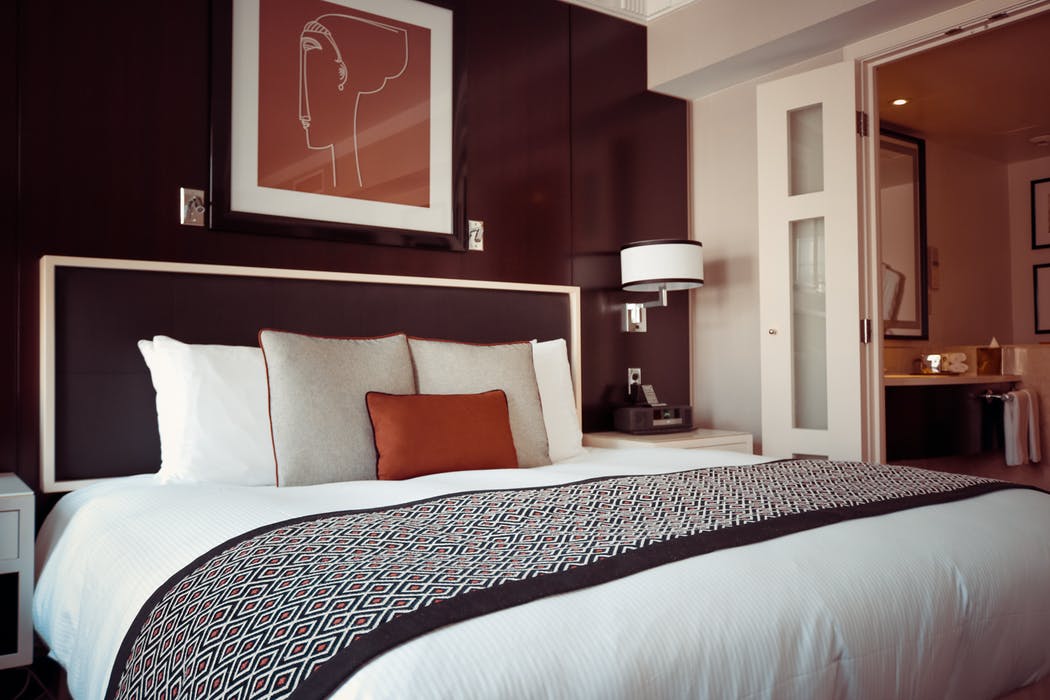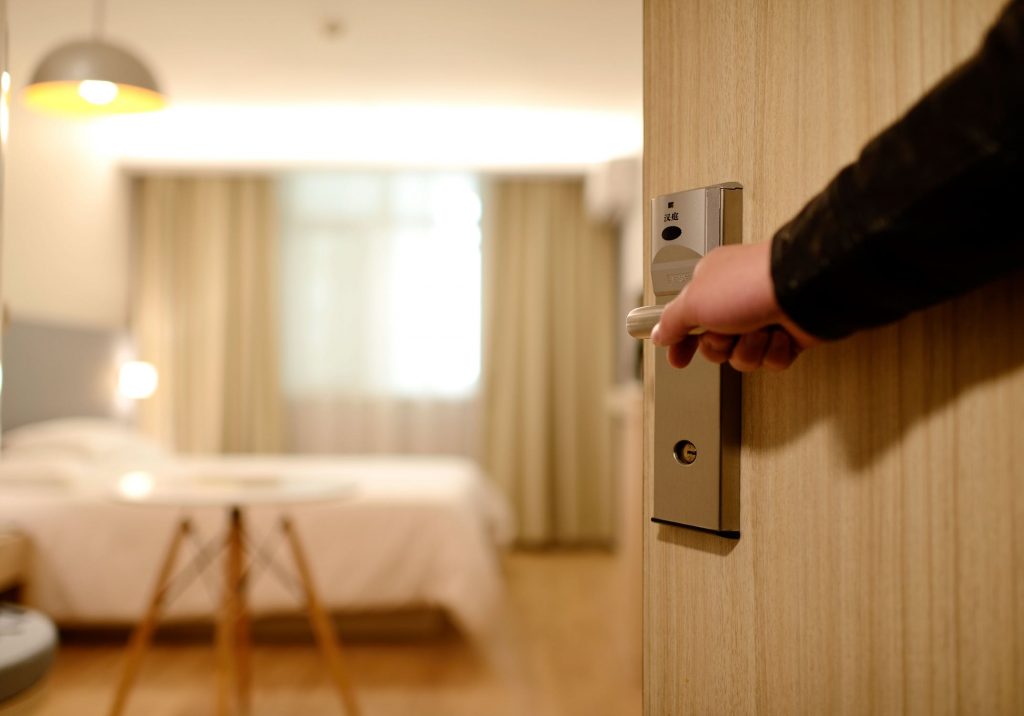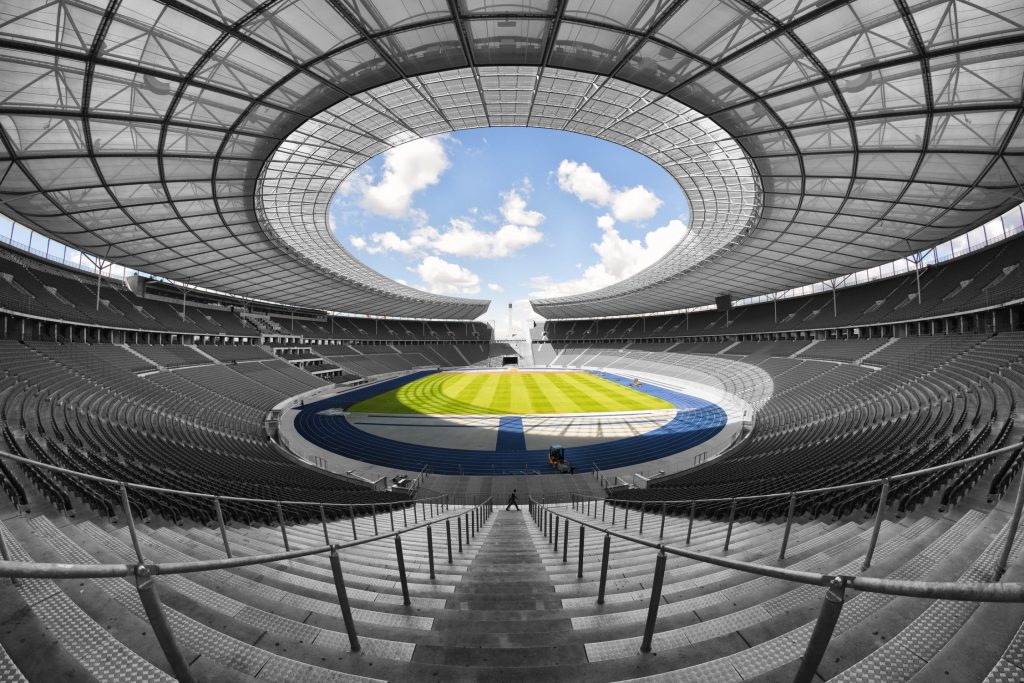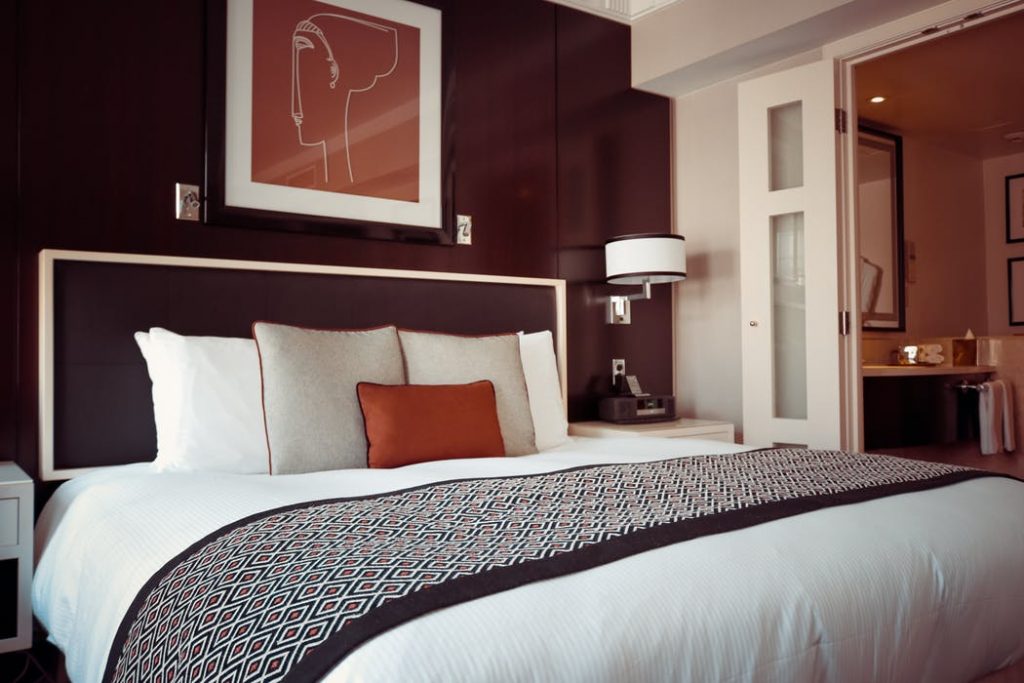Storytelling is fast becoming an authentic channel to communicate your brand. Ask any business strategy specialist and they will tell you that the hospitality industry, especially hotels are getting very good at creating incredible guest experiences through storytelling.
The first thing to consider is how would you communicate what it’s like to experience your hotel to people online?
Considering that about 75 percent of people do not trust traditional forms of promotion, and also the fact that we are exposed to tens of thousands of advertising messages on a daily basis, you want to discover a way to cut through the clutter in a purposeful manner.
A frequent misconception around the storytelling approach is that you want a gigantic budget to execute efficiently. However much money you are working with, there are hundreds of methods to adopt storytelling in your marketing efforts.
Storytelling in hotel marketing
Using a storytelling approach on your resort marketing strategy, you can associate valuable content without actually ‘selling’ your hotel to visitors. Rather, you are showing them why they should choose you over your competition in an engaging, authentic manner.
Very good resort storytellers online are moving out from the massive chunks of dull, standardised text and descriptions of amenities, towards the use of large, beautiful, bold images with attractive narratives and persuasive bite-sized videos, more fitting to today’s multi-device, multi-channel universe.
When considering how to integrate this strategy on your marketing efforts, it is important to remember that your hotel does not have to just have one set storyline. Rather, think about daily activities or characteristics as unique stories inside themselves — magical moments that happen around your infinity pool; your chef describing how to make a specific dish; the personalized pajamas and robes that you provide to guests, a few photos showing what you are planting in your veggie garden this year — all of these can be packed as a kind of storytelling via your online channels.
Below are a few important considerations to make in creating your storytelling hotel concept.
Who are you trying to achieve? You can not be everything to everybody, so decide who your key audience is and build your strategy around that. Consider the sorts of travellers that come through your doors. What are some of the most frequent requests? What do they like doing and how does that tie in your hotel?
How do you wish to communicate with guests – Spa Retreat, Romantic Getaways Tasmania? Consider the tone of voice which most fits your brand and stick with it. Your primary audience may also influence this choice.

Consider Your story
What exciting stories does your hotel need to share? Your property may be a pioneer in eco-awareness and green practices.
But don’t only consider your resort’s story — also contemplate your area and how you fit in that narrative. Can you get involved in the local community, as an example? Why not take a tour of your city, highlighting all of the nearby attractions?
List all the benefits that your hotel offers, and what values you share with your specified audience.
Pictures and movie always trump text. And you do not need a gigantic budget. So often, a smartphone that has a fantastic camera can help you produce engaging and thoughtful content.
By way of instance, go in the kitchen and run a quick video interview with your head chef, asking him why he is so enthusiastic about cooking. Have a slow video pan of the remarkable views seen from your premises and tie that into a story about why people should stay with you.
Create a content strategy
As soon as you’ve given any thought to the information above, schedule a session with a marketing strategy consultant who will assist you in creating a monthly content program. Determine how often you should post the articles you have outlined and adhere to it.
For an internet marketer or hotel operator, nothing is quite as satisfying as seeing guests becoming involved with the resort’s narrative positively. It generates excellent social proof and turns people to vocal ambassadors to your own brand.
Take the lead and make a competition centred in your resort and its story. By way of instance, create a hashtag applicable to your brand and invite people to submit their favourite photos in their stay with you or experiences in your city.
Get the most from your social media channels
When posting a story on social networking, bear in mind that photos, links and videos get better involvement than text-only posts. Consider using an intriguing, high-quality photo to stand out with a well-written post that takes the reader on a journey. Gifting silk pajamas to guests tells an authentic story about the level of luxury guests can expect at your hotel. Collaborate with brands that share your values and resonate with your hotel experience, and you will both benefit from sharing the collaboration on social media.
Very good hotel storytellers online are moving away from the massive chunks of dull, standardised text and descriptions of amenities, towards the use of large, beautiful, bold images with attractive narratives and persuasive bite-sized videos, more fitting to today’s multi-device, multi-channel universe.
Select which media channels it is possible to commit to and then post as frequently as possible.
Utilising social media only for self-promotion is a mistake that lots of hoteliers create, but by using a storytelling approach to your efforts, you can be sure to get the ideal balance between creating intriguing, engaging content that will market your hotel.









